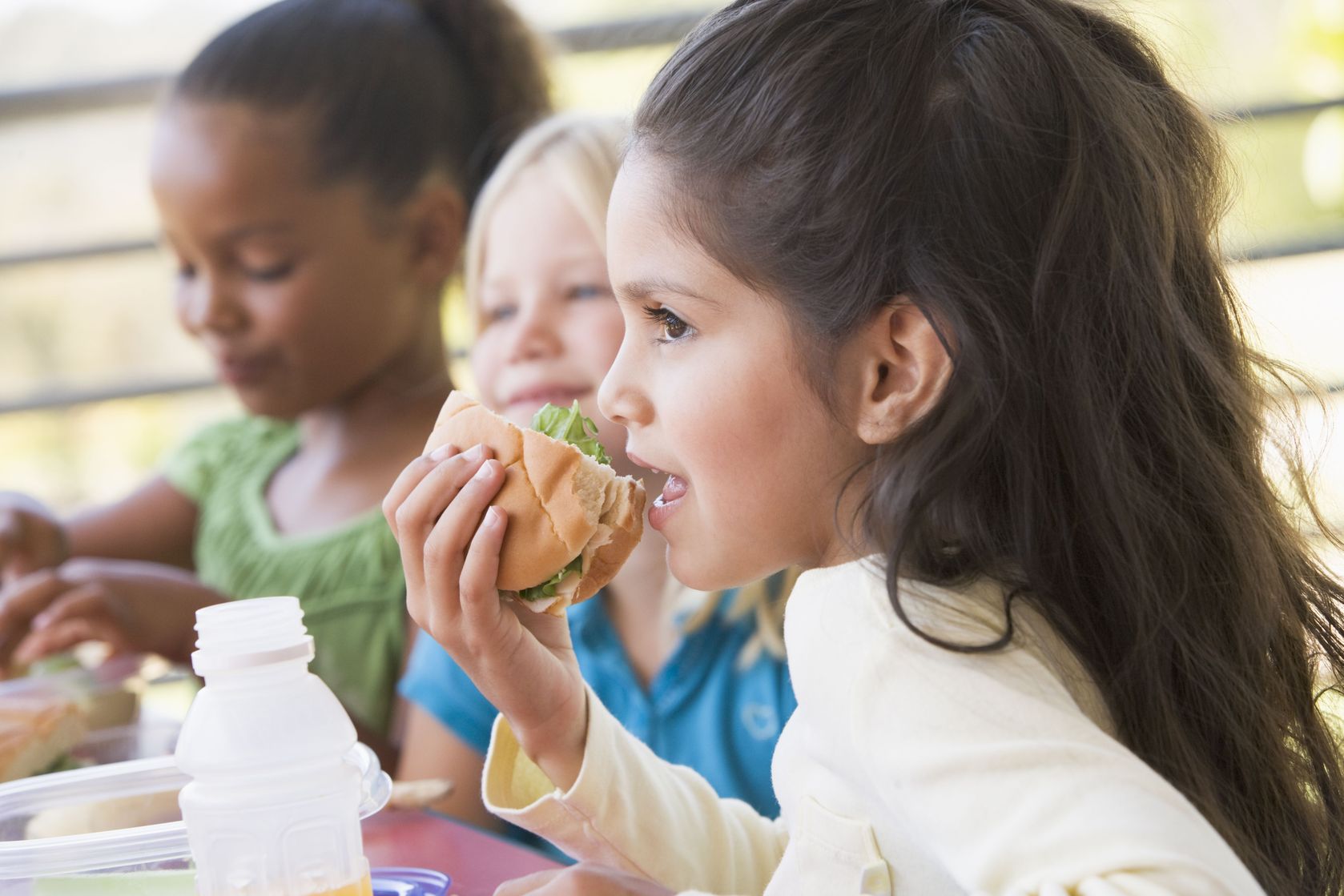Parenting Tips: My Child Is A Picky Eater
 Contributed by
ExecFuel
February 5, 2016
Contributed by
ExecFuel
February 5, 2016

As a mother of twin toddlers with very different food tastes, I have come to realise that feeding is probably the hardest part of parenting! Below are a few tips that have helped me as a nutritionist and as a parent. Give it a try and let us know how you get on!
Repeat Exposure And Repetition
Children come to like what is familiar and what is present in the environment. A child cannot learn to like something they are not exposed to. Try three to four new ingredients repeatedly over four weeks. Food refusal can be demotivating and frustrating for parents; however, persistence and perseverance are key to acceptance.1,2 Remember, it can take up to 20 attempts for a child to accept a food so don’t give up!
Food Accessibility And Availability
Children spend a fair amount of time in the home; fruit and vegetables that are both accessible and available in the home have shown to increase a child’s fruit and vegetable intake. For example, have a fruit bowl on the table.2
The Division Of Responsibility
A useful tool for parents and children to understand boundaries, this theory focuses on the understanding that the parent’s responsibility is to provide the food, what times this food is provided, and where (i.e. table with no distractions). The child’s responsibility is how much to eat and whether he chooses to eat. Learn to take a step back and let your child take more responsibility for his food intake. Avoid making meal times stressful and do not pressure your child to eat.3
Don’t show disappointment if the food is spat up or not eaten! Speech language pathologist specialising in child feeding disorders, Melanie Potock, claims the purpose of the food’s presence on a child’s plate is for him to see and smell it, and perhaps even taste it. Not cleaning your plate of food does not mean waste because children are essentially learning about a new food.4

Serve Vegetables And Fruit First, And In Small Portions
One study recently concluded that pre-schoolers served with larger portions of vegetables as a first course ate 47% more of that vegetable at that meal.5 However, offering small portions of a new food as the first meal is also just as effective – do not overwhelm your child.
Try new foods when your child is hungry – a healthy child does not let himself starve! This also brings me on to limiting processed foods as snacks, as they are filling due to the higher calories, but are lower in nutrients. Stick to fruit and vegetable snacks, such as apples and carrot sticks.
Timing Matters
Dr. Heather Maguire says that, as parents, we tend to overlook the fact that our child may just be having a bad day: feeling under the weather, bad day at school, not slept enough the night before … all of this influences how receptive your child is to new foods. It is probably best not to try new foods at these times, and offer prepared food for these days.6
Get Your Child Involved With Their Own Food
Having your child involved with food prep exposes them to more foods, while giving them more control, thereby developing greater acceptance towards different food groups. Let them play and experiment so that they enjoy food!
No Food Rewards!
The use of food as a reward has been shown to positively increase liking for the reward food and decrease liking for the healthier food that you are trying to promote.7,8 Try fun sticker or stamp rewards instead.
We are excited to officially present to you ExecFuel, the only 6-week online nutrition program that empowers busy individuals to feel energized, by achieving and maintaining a healthy lifestyle! With 24/7 access and the flexibility to start and resume the program when desired, ExecFuel teaches you how to be in charge again and regain some control at your own pace.
Visit the PureVitality Nutrition Concepts Pte Ltd page to find out more about Karen's business.











Sorry, the comment form is closed at this time.